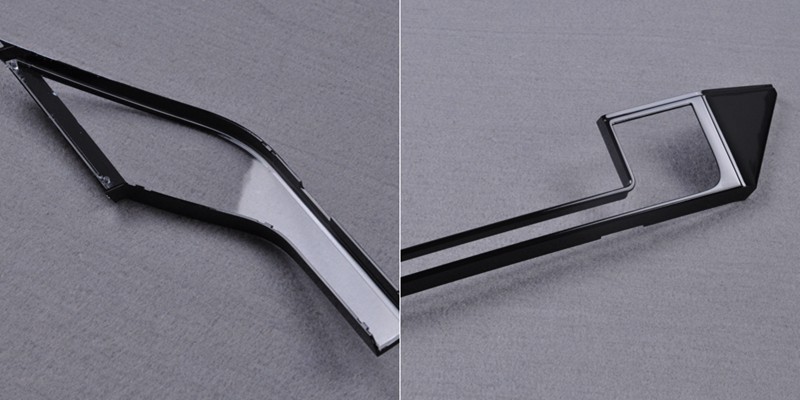- April 28, 2023
Polishing generally helps rid the surface of products and machiend parts of micro-imperfections. In other words, imperfections are not often noticeable at first glance. It also eliminates sanding marks while giving parts a glossy finish.
There are different types of polishing, but in this article, we’d discuss vapor polishing. Read on as we provide you with this information.
What is Vapor Polishing?
In vapor polishing, a solvent is converted into a vapor and sprayed directly onto the part or product undergoing surface finish using a pressurized air stream or cycled repeatedly inside a chamber. The solvent melts the part’s surface when it reacts with it, making it smoother and more resistant to scratches.
Vapor polishing is a specialized technique that enhances the component properties of materials like acrylic (PMMA) or polycarbonate. Besides, it improves the surface finishes on internal and external surfaces and is especially effective for polishing small parts. This method has the advantage of polishing delicate internal features, such as threads, channels, apertures, and sample inspection areas, which are hard to polish manually.
Vapor Polishing Process: How it Works?
Vapor Polishing is a process used for smoothening some plastic resin materials. Specifically, the smoothening occurs using a heated Weld-On 4 solvent in its gaseous state. This use of this gas is primarily due to its reactivity with polycarbonates.
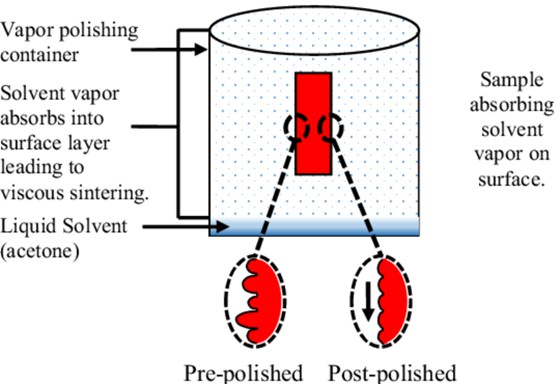
Before vapor polishing, the workpiece would be sanded to reduce the frequency of deeper marks on its surface and ensure the vapor reaches every part of the surface. Achieving this involves the use of 1000 and 1500-grit sandpaper on the part’s surface, after which it undergoes cleaning to ensure it is free from dust and other contaminants that could interfere with the process.
Vapor Polishing Process
Heating Solvent: Heating the Weld-On 4 solvent is heated to its boiling point of around 1040F or 400C. This heating should be done in an environment with controlled parameters to ensure that the gas poses no threat to the environment and other people. It also helps prevent contamination.
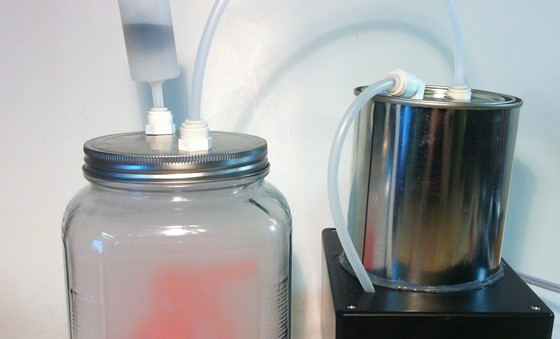
Vapor Generation: On reaching its boiling point, the Weld-On 4 solvent generates vapor used for the vapor polishing process.
Spraying: The vapor generated is then applied by spraying across the surface of the manufactured workpiece or product. The heat from this vapor melts the plastic quickly, filling in the microscopic voids and scratches. When the gas is no longer present, the plastic solidifies quickly, with a smoother and more pristine surface.
Note: The quality of the surface finish depends on several factors, including airflow, the solvent used, temperature, and post-cooling parameters. Also, since this process involves dangerous chemicals, it is best left to trained personnel and contractors like WayKen, with engineers with the right qualifications.
What Plastics Can Be Vapor Polished?
It would be impossible to polish different plastics with vapor polishing due to differences in chemical structure. Below are engineering plastic resins that you can vapor polish.
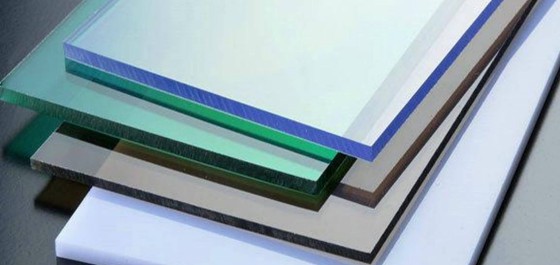
Polycarbonate (PC)
Polycarbonates are a group of thermoplastic polymers that contain the carbonate group. Plastics in this group are strong, tough, and easy to fabricate. In other words, polycarbonates can be thermoformed, molded, or machined easily.
Also, some grades of this plastic are transparent. The chemical structure of Polycarbonates makes vapor polishing them easy and beneficial.
To vapor polish Polycarbonate, a small amount of acetone or MEK (methyl ethyl ketone) is need put into a sealed container. The solvent condenses on the part’s surface, partially melting it. After condensation, evaporation occurs, leaving the part with a smoother surface. In addition, for purity and high-level smoothness, this process is often repeated several times.
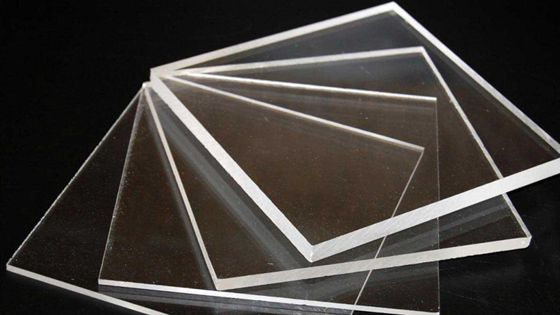
Acrylic (PMMA)
Acrylic is an engineered thermoplastic with a translucent and transparent. This material is often called acrylic glass due to its non-crystalline nature. It is lightweight and shatter-resistant, which makes it ideal for producing clear optical prototypes.
Vapor polishing acrylic components requires a small quantity of solvent, such as dichloromethane or chloroform, added to a sealed container with the acrylic parts.
Condensation occurs on the part’s surface, after which evaporation occurs, leaving a smoother part. Similarly, it is important to repeat this process several times to get the purity and smoothness required for these parts.
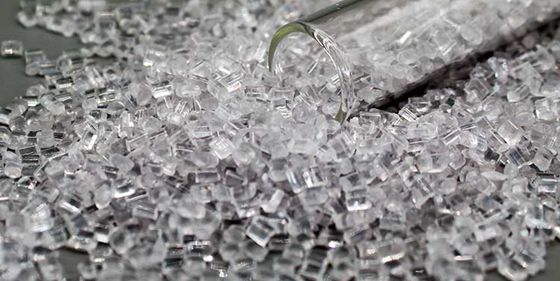
ABS
Acrylonitrile butadiene styrene, also known as ABS, is a terpolymer. It is stronger than pure styrene with a shiny, impervious surface. It also has sufficient hardness and rigidity, making plastic fabrication easy.
Surfaces of ABS-produced parts are polishable to get a shiny, perfect finish. The vapor polishing makes the surface of the ABS part melt momentarily and reflow, after which solidification occurs for a smoother finish. But it needs a solvent vapor, such as acetone, is employed.
Factors determining how long vapor polishing ABS takes depend on part size, solvent concentration, and other factors.
Nylon
Nylon plastics, also known as polyamides, have excellent mechanical properties, which makes fabricating them using a CNC machine easier.
Parts made of nylon are exposed to vapor polishing using solvents like methyl ethyl ketone (MEK), ethylene dichloride, or acetone. The solvent evaporated and condensed on the part’s surface. Then leaving behind a finish with a smoother surface.
Benefits of Vapor Polishing
There are several benefits of using vapor polishing over conventional polishing. Some of these benefits include:
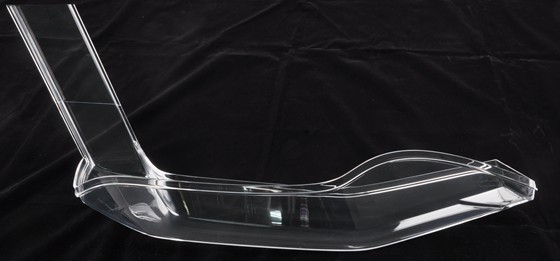
Light Transmission Improvement
One major benefit of chemical vapor polishing is that it improves parts’ ability to transmit light better. Surface vapor polish often allows the unobstructed passage of light, which is important in light emission applications.
Improves Product Aesthetics
Vapor polishing improves products and parts’ appearance. It imbues parts with excellent optical clarity, water-clear, and a high gloss finish. With the improvement in aesthetics, there is also an improvement in the product’s value.
Surface Enhancement
Other post-processing surface finishes, like sanding, leave deep and shallow marks on the products’ surface. However, with vapor polishing, these marks are non-existent, as the process eliminates all surface irregularities and markings.
Ideal for Use in the Medical Industry
This surface finishing process has great application in the medical industry as it facilitates the production of smooth tools without tool marks. This is particularly important to the medical industry as tool marks often serve as pockets where debris and contaminants accumulate.
Vapor Polishing vs Manual Polishing: How to Make A Right Choice?
With vapor and manual polishing available, choosing the right one for your needs becomes a hassle. But not to worry, we’d discuss the pros and cons of these two polishing processes, ensuring you make the right decisions!
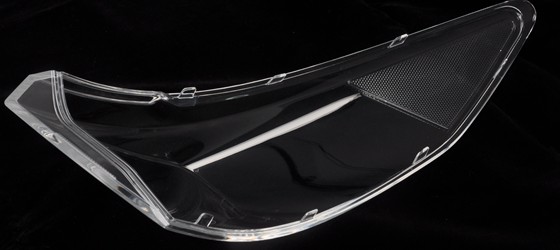
Manual Polishing
Manual polishing is the traditional polishing method. Manufacturers often use this process for smoothing the surface of wood, 3D printing plastics, CNC machined plastics, and metals. One of the pros of this polishing method is the ease of accessibility of the equipment needed.
Also, it does not negatively impact health. The only challenge is the dust produced during polishing, which you can easily solve using a quality nose mask and other safety wears.
Conversely, this process is quite labor and time intensive. This is particularly true if you want to produce parts with a quality glossy finish or excellent optical clarity. Also, another challenge you might experience with this polishing method is difficulty achieving a uniform finish on parts with complex geometry.
Vapor Polishing
Vapor polishing as a surface finishing process is efficient and quick. Additionally, the parts produced have a consistently shiny finish and excellent optical clarity. The high consistency in finish achieved is due to the ability of the vapor to access difficult-to-reach areas.
Besides, vapor polishing has minimal material removal, which helps save costs on the material used. This polishing process finds application in medical devices and equipment. It also has applications in features like channels, undercuts, apertures, threads, and other features that require detail.
On the downside, this process is not ideal for use on every plastic material. Another is the cost of setting up, as it often requires expensive materials and equipment to run optimally. Moreover, some materials that can undergo this process would still require annealing before polishing, which would consequently increase the cost of production.
Vapor Polished Parts on Various Industries
Manufacturing Industries that use vapor polishing as their go-to surface finishing include the medical devices industry, food processing, and consumer products.
Medical Device
The medical devices industry uses vapor polishing to produce aesthetically pleasing, optically clear components with a glossy finish. This process also helps smoothen out gate areas, surface irregularities, and other marks from the surface of the medical instrument. Additionally, it helps eliminate debris settled on the surface of devices that pump blood.
Food Processing
Vapor polishing improves the smoothness and shine of product parts that come in contact with food. Aside from the aesthetic benefits, it also improves product cleanability, reducing harmful microorganisms’ growth.
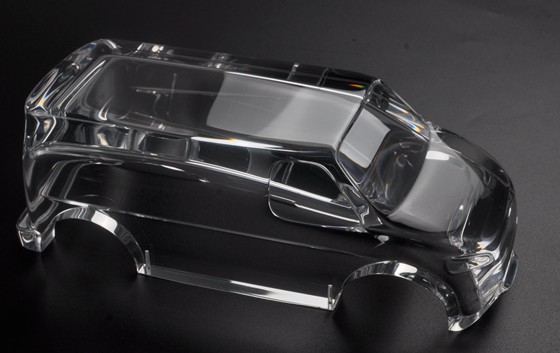
Consumer Products
The consumer products industry also uses vapor polishing as it facilitates the production of parts with a smoother surface. Consequently, this reduces friction on contact with skin and other products.
Get Vapor Polishing Services for Your Projects
Vapor polishing offers several benefits, including a smoother and optically clearer surface with high transparency. However, there is a risk of accidents and health hazards you should consider.
However, you only derive the benefits of the process when vapor polishing is done right! You can make your parts that require polishing to WayKen for production and finishing. We are a manufacturing company with years of experience producing parts with various post-treatments, including vapor polishing.
Also, we offer an excellent surface finish with outstanding optical clarity at an affordable price and fast lead time! Have a new project? Just contact WayKen today for a free quote.

